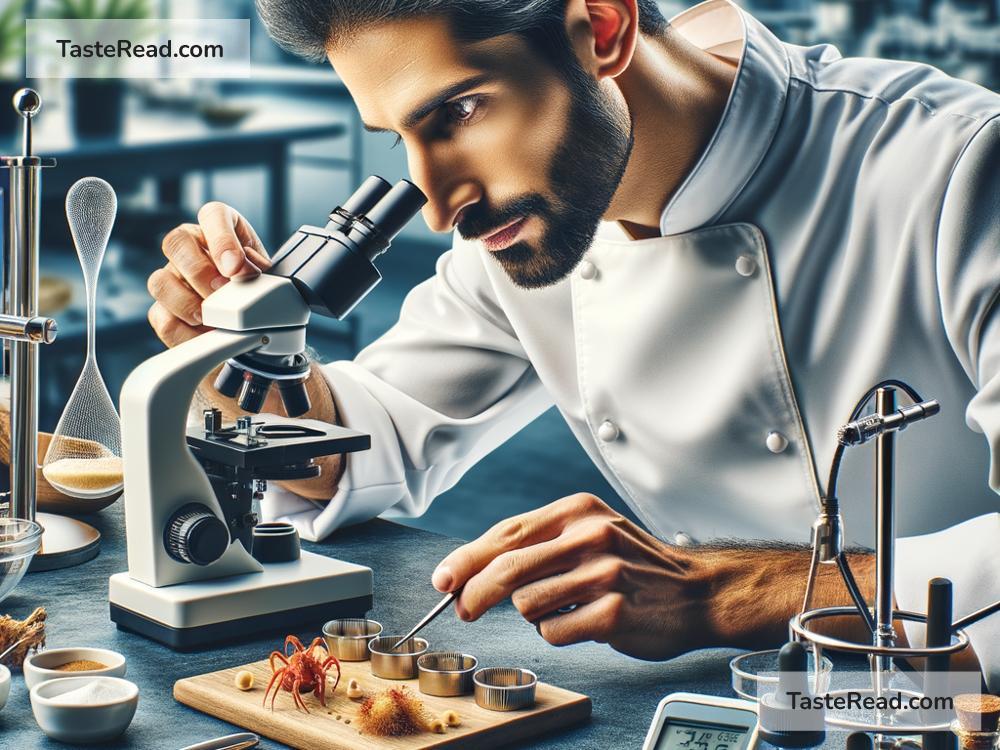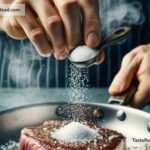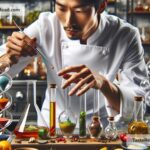The Science of Cooking with Chemical Analysis: Techniques and Tips
Cooking is an art, but it is also a science—a fascinating process where chemistry comes alive in our kitchens. Every dish you prepare involves chemical reactions, whether you’re frying an egg, baking a cake, or fermenting vegetables. Understanding the science behind cooking can help you improve your skills, solve kitchen mysteries, and even experiment with new flavors. In this article, we will explore how chemical analysis plays a role in cooking and share some simple techniques and tips you can use in everyday food preparation.
What Is Chemical Analysis in Cooking?
Chemical analysis is the process of studying the composition, structure, and properties of substances. In cooking, this means examining the ingredients and how they change when exposed to heat, cold, or other conditions. Scientists often use chemical analysis to understand the nutritional content of food, identify flavor compounds, or determine why food behaves a certain way during cooking. The good news is, you don’t have to be a trained chemist to use this knowledge—several concepts from chemical analysis can be applied in the kitchen with simple tools and techniques.
Key Chemical Processes in Cooking
Here are some important chemical reactions and processes that happen during cooking:
-
Caramelization
Caramelization occurs when sugar molecules break down and brown under high heat. This reaction gives foods like caramel, roasted vegetables, and baked goods their rich, sweet, and nutty flavors. For example, when you roast sweet potatoes, their natural sugars caramelize, creating that golden-brown crust. -
Maillard Reaction
The Maillard reaction is a chemical reaction between proteins and sugars when food is heated. It’s what gives grilled steak, roasted chicken, and toasted bread their appealing aroma and brown color. Understanding this reaction can help you know when to sear meat or toast bread at just the right temperature. -
Emulsification
Emulsification happens when you mix two liquids that normally don’t combine, like oil and water. Mayonnaise, salad dressing, and hollandaise sauce are examples of foods created using emulsification. To achieve a stable result, the right techniques (like whisking while slowly adding ingredients) matter. -
Fermentation
Fermentation is a process where microorganisms, like bacteria or yeast, chemically change food to produce new flavors and textures. Foods like yogurt, kimchi, sourdough bread, and wine rely on fermentation. Keeping conditions like temperature and moisture consistent is key to successful fermentation. -
Protein Denaturation and Coagulation
Protein denaturation happens when heat, acid, or mechanical forces change the structure of proteins. Coagulation follows when those proteins bond together, solidifying or firming up. This is why eggs turn solid while cooking—they go through both denaturation and coagulation.
How to Use Chemical Analysis Techniques in Your Kitchen
Here are some simple tips inspired by chemical analysis to improve your cooking:
-
Master Temperature Control
Temperature is at the heart of most chemical reactions in cooking. Use a food thermometer to ensure your meats are cooked to the perfect level of doneness or your baked goods are safe to eat. High heat enhances caramelization and the Maillard reaction, while low heat can help prevent burning. -
Balance pH for Better Flavor and Texture
pH measures the acidity or alkalinity of food. Acidic ingredients (like lemon juice or vinegar) can tenderize meats, brighten flavors, and preserve freshness. On the other hand, alkaline ingredients (like baking soda) can help baked goods rise and produce a golden color. -
Experiment with Ratios and Combinations
Chemical analysis is all about understanding the interaction between ingredients. For example, you can balance sugar, salt, and acid to amplify flavors in your recipes. Another example is using fat (like butter or oil) during emulsification to make sauces smooth and creamy. -
Optimize Cooking Time
Overcooked food is often dry because excess heat causes water and fat to evaporate. Use timers and pay attention to visual cues (like browning) to get the texture and flavor just right. -
Play with Fermentation
Fermented foods are not only full of flavor but also packed with nutrients. Try simple recipes like yogurt or pickles to practice fermentation techniques. Keep your ingredients clean and maintain the right temperature for the best results.
Looking at Food Through a Scientific Lens
Looking at cooking through the lens of chemical analysis helps us dissect what’s happening behind the scenes. Each ingredient has unique properties, and each cooking method brings out different reactions. For example:
– Cooking tomatoes releases lycopene, a powerful antioxidant.
– Mixing acidic and basic ingredients in baking causes bubbling that helps cakes rise.
– Searing meat traps moisture and flavors inside.
When you understand these reactions, you can use science to troubleshoot problems, avoid common mistakes, and improve the taste and presentation of your dishes.
Final Thoughts
Cooking is more than following a recipe; it’s a blend of creativity and science. By understanding basic chemical principles, you can elevate your skills in the kitchen and have fun experimenting with flavors and textures. Whether it’s mastering the Maillard reaction for a perfect seared steak or balancing pH to create tender baked goods, science can take your cooking to the next level.
So next time you’re in the kitchen, think of yourself as a food scientist. Observe the changes happening in your ingredients, tweak your techniques, and let chemistry guide your culinary journey. Who knew science could taste so delicious?


